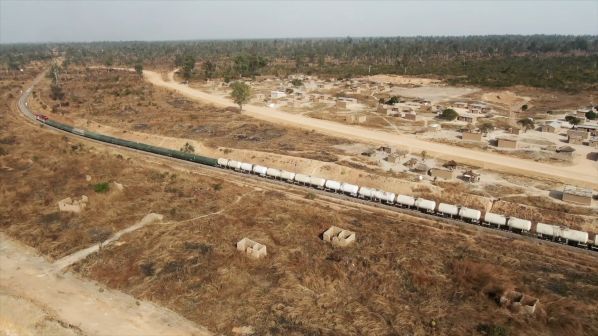The vision for the Lobito Corridor has been hailed as one of the most transformative infrastructure projects in southern Africa, set to drastically alter trade dynamics and stimulate economic growth across multiple nations. By connecting landlocked regions to the bustling port of Lobito in Angola, this corridor has the potential to bolster regional economies, enhance trade flows and establish new pathways of growth and prosperity.
Primarily, the Lobito Corridor will serve as a trade conduit linking the Copper Belt region of Zambia with the Katanga region of DR Congo. These areas are replete with rich mineral reserves, particularly copper, which is in high demand globally. However, their landlocked nature has often posed logistical challenges in exporting these minerals efficiently. The envisioned railway, backed by a strong partnership between the European Union and the USA, will eradicate these bottlenecks, significantly reducing transportation times, costs, and even the carbon footprint associated with exports.
Beyond the immediate economic benefits, the Lobito Corridor is a testament to international collaboration. The support from the Partnership for Global Infrastructure & Investment, an initiative set up as an alternative to China’s Belt & Road Initiative, combines financial prowess with technical expertise. This unique blend allows for a comprehensive approach to infrastructure investment, focusing not only on establishing physical connections but also on enhancing local value chains, promoting clean energy, and fostering skills development in the local workforce.
As European Commission President Ursula von der Leyen articulated at the G20 summit, the essence of this project surpasses mere connectivity. It encapsulates a vision of shared prosperity, where the benefits are tangible for all partners involved. This collaboration, she suggests, offers a renewed template for large infrastructure investments globally.
Furthermore, the Lobito Corridor, once realised, could be a catalyst for diversified economic growth. The project doesn’t solely concentrate on mineral exports but spans a gamut of sectors from clean energy supply chains and digital technology to agriculture and SME support. Such economic diversification is vital for resilience, especially for nations historically dependent on a limited array of exports.
Moreover, the EU and US’s approach under the Partnership for Global Infrastructure & Investment indicates a holistic view of development. By incorporating elements like capacity building, workforce development, and fostering inclusive and sustainable economic growth, the Lobito Corridor will be more than just a railway track – it will be the backbone of a rejuvenated and thriving southern Africa.
In summary, the Lobito Corridor, with its vast potential and strong international backing, promises a brighter future for Angola, Zambia, and DR Congo. As these nations prepare to embrace this new dawn, the global community watches with anticipation, recognising that the corridor might just be the beacon of shared prosperity and collaboration in the realm of infrastructure development.




